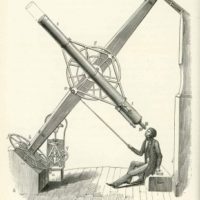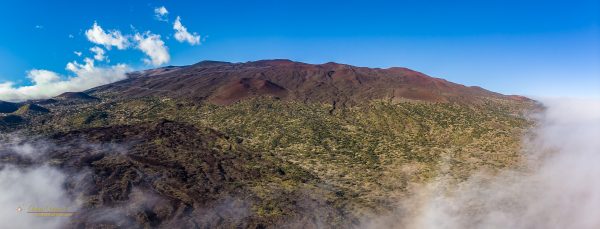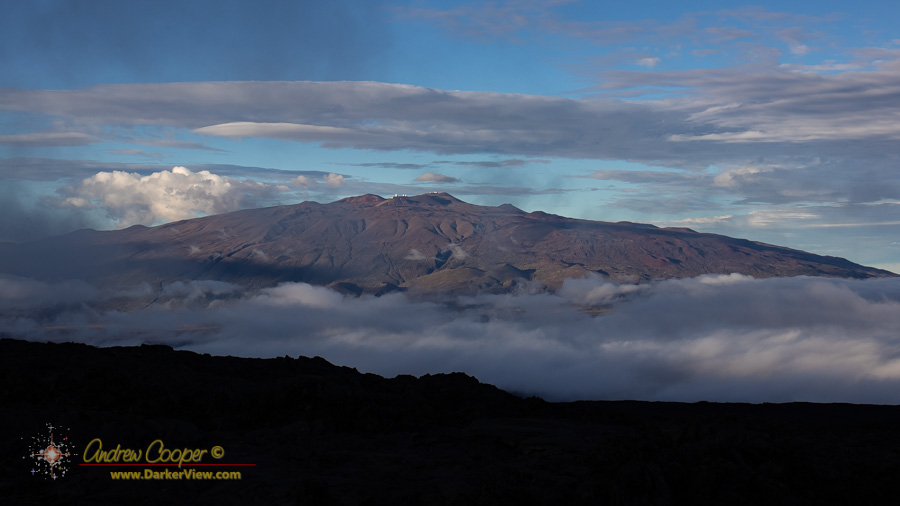
Category: Astronomy
Exploring the cosmos
A Conjunction Moon
I rolled the telescope out of the garage to view and photograph the conjunction of Jupiter and Saturn. It is impressive to see the two gas giants side by side like that. The photos were less of a success, with soft seeing they are not great. OK, the photos suck.
The Moon was a different story, high in the sky the seeing was much better. Since I had the camera on the telescope I shot a few photos of the first quarter Moon.
Look closely along the terminator and you can find the Lunar X, the V, and the Vallis Alpes…
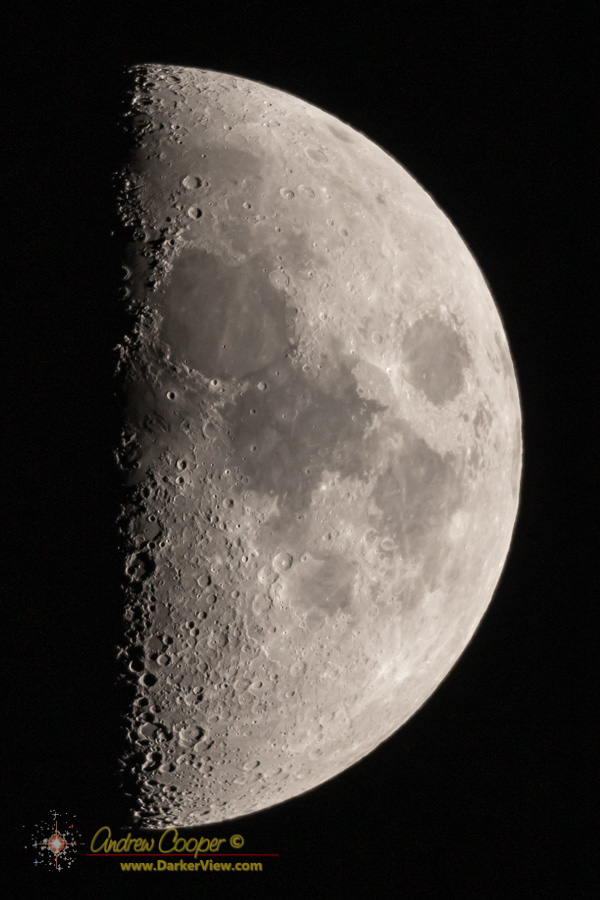
Observing Session

Waiting for Dark
A View from the Past
As an evening pastime in these COVID restricted days I have been delving into the past again. Again reading the work of an amateur astronomer from long ago.
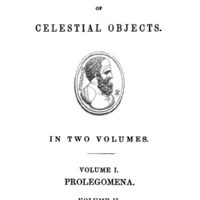
I had previously read through the work of Rev. Thomas Webb, a vicar and amateur astronomer active in the late 1800’s. Webb frequently refers to the work of a yet earlier observer, Capt. William Henry Smyth.
Retired British Navy Captain Smyth was a backyard observer, gazing at the stars with a 150mm refractor from a garden behind his home in Bedford England. His telescope was quite good for the time, made by Tully of London, the best money could buy. This telescope was eventually purchased by the British Government to be used in the 1874 transit of Venus expedition to Egypt and the 1882 Venus transit in Jamaica. It now sits in the collection of the Science Museum, London.
Smyth published two volumes on astronomy in 1844 under the title A Cycle of Celestial Objects . Volume II of this set, commonly called The Bedford Catalogue or The Bedford Cycle, contains descriptions of more than 850 double stars, clusters, and nebulae, serving as a guide to what may be observed with a small telescope. The Bedford Catalogue became the standard at-the-telescope reference for other amateur observers for many decades until it was generally replaced by Webb’s Objects for Common Telescopes.
Continue reading “A View from the Past”Mauna Kea
Mauna Kea in the Late Afternoon
The snow from this weekend was still visible this morning, but was gone by late afternoon when we were coming down, at least from the south face. The air was very clear all day, details often lost in the haze standing out clearly.
Even more dramatic when the late afternoon light emphasized the rugged terrain. Even those of us who have seen it so many times had to stop for the photo.
Andrea Ghez awarded the Nobel Prize in Physics
UCLA scientist and Keck Observatory user Andrea Ghez has been awarded the Nobel Prize in physics. She shares the prize with two other researchers; Roger Penrose, a British mathematical physicist and German astrophysicist Reinhard Genzel, for work in black holes and galaxies.
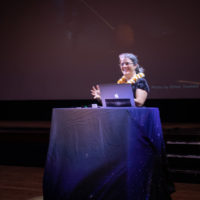
There is no Nobel prize in astronomy and the Nobel in physics has traditionally gone to scientists involved in hard physics for discoveries of some new theory or subatomic particle. It is only in recent years that we have seen a few Nobel prizes awarded to astronomers.
Andrea is the only Nobel recipient I have known personally. I can say one thing, she completely deserves it. While her scientific achievements may justify the award, her activities beyond the science are just as commendable.
Continue reading “Andrea Ghez awarded the Nobel Prize in Physics”Star Types
I have been observing a lot of stars during my driveway sessions at the telescope lately. Some of these are new to me, will have to look them up and hunt them down…
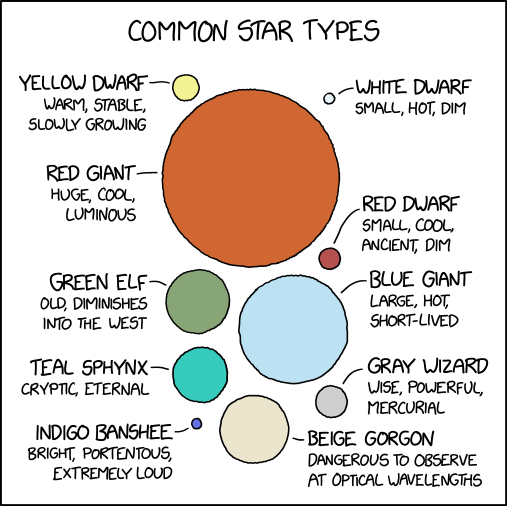
Globus Aerostaticus
As I worked my way through the evening’s observing list I came to an entry for the asterism ‘Hot Air Balloon’
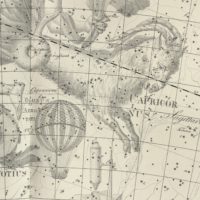
This asterism found its way into my personal observing catalog from the one of the Saguaro Astronomy Club observing lists. These lists are an excellent resource for those who roam the starry sky, sort of an ultimate best-of list. These lists are one of the many sources I pulled together when creating my own giant list of where to aim my telescope.
So often I find surprises in my own database among the thousands of objects that I have dumped in there over the years.
Asterisms are simply odd patterns of stars that form memorable groups, but are not necessarily real clusters or other stars that are physically associated with each other. Many of these are well known such as The Coathanger, the Diamond Ring around Polaris, or The Stargate.
When I wandered through the coordinates listed from the Balloon I found a pretty starfield, but nothing that stood out as a recognizable shape, much less a balloon. I wrote down a few comments on the area and a note to myself to look this up later. What is The Balloon?
Continue reading “Globus Aerostaticus”

